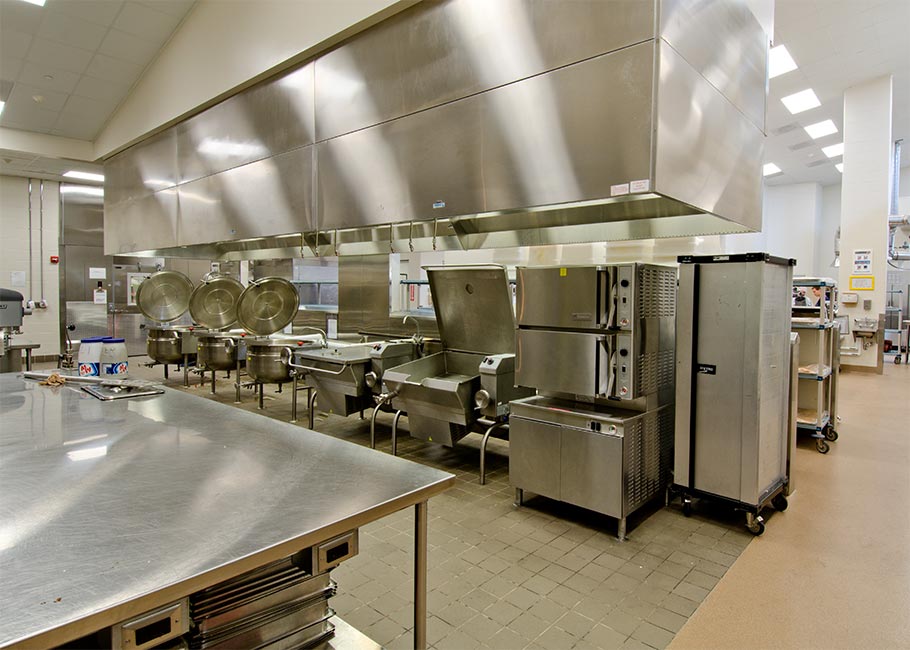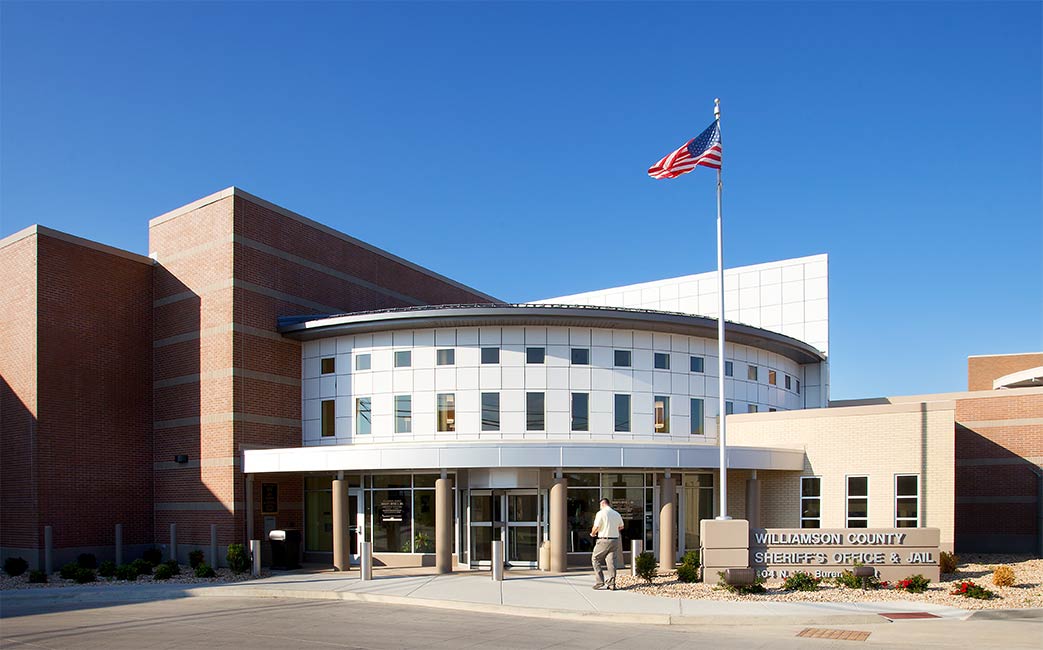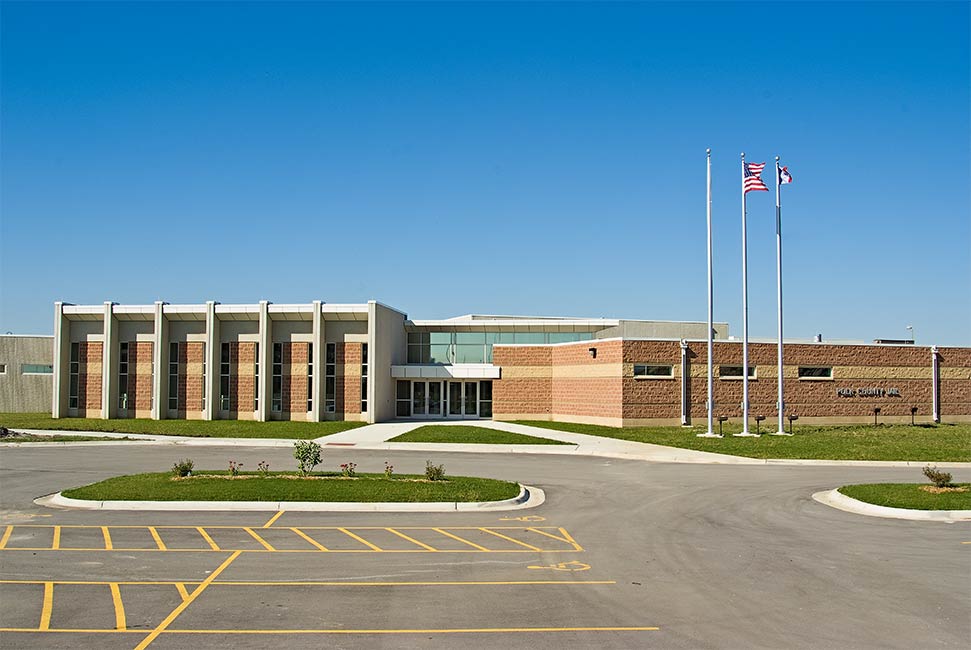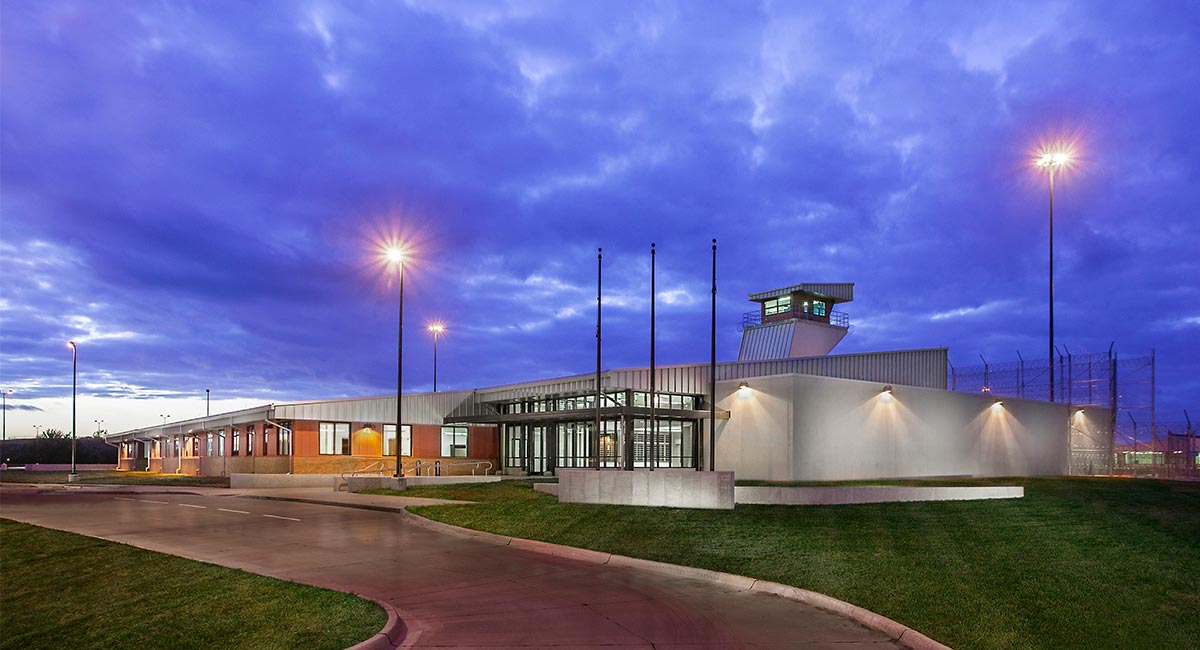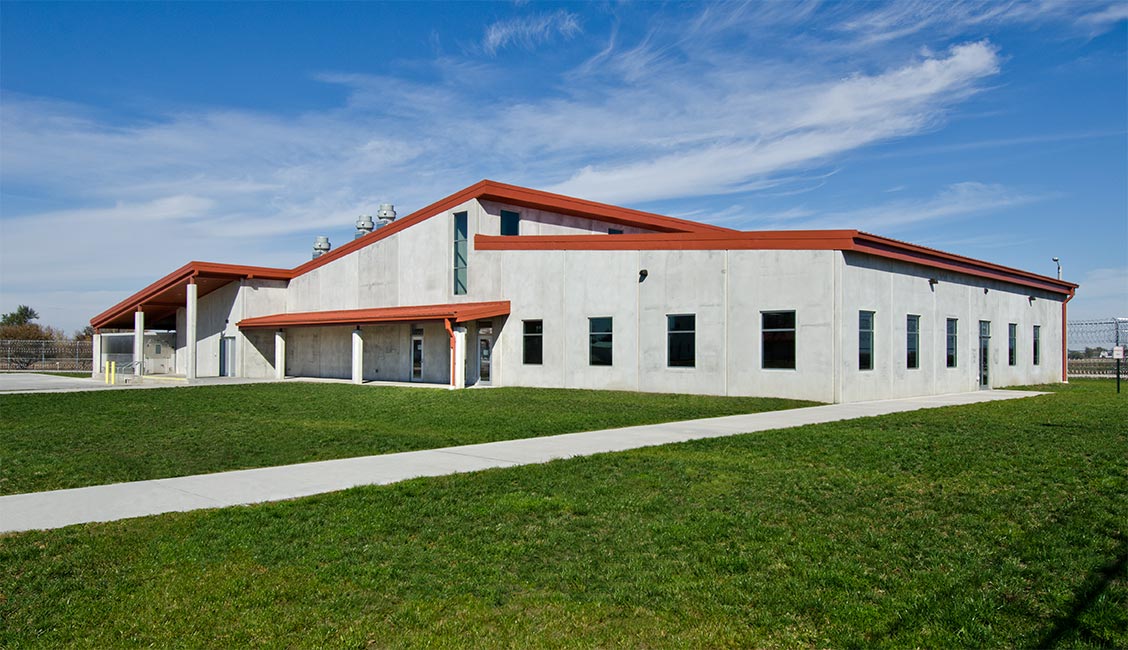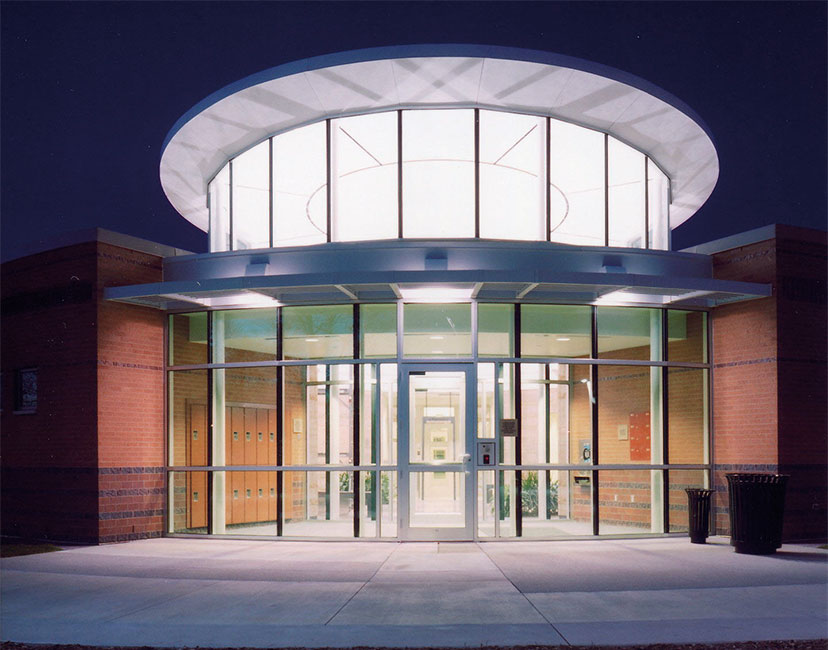Detention Facilities
As with other justice services, there is a paradigm shift occurring in detention. Clients no longer want to incarcerate offenders in the same way they did 20 years ago. This change involves evaluating pre-trial services, identifying alternatives to incarceration and finding ways to provide access to medical and mental health services. Societal norms are changing, and detention facilities must be responsive and flexible to these changes.
Shive-Hattery understands that this unique approach also impacts detention facility size, design and operations. Longevity is important, but so are operational efficiency and compliance with standards.
Whether your detention facility has 20 beds or 2,000 beds, it should be designed to decrease movement and make the most of sight lines and visibility to protect staff and offenders. The right detention facility – one that is secure and restorative – can help promote staff retention and reduce operational costs. The design of a detention facility should positively influence its occupants.
Correctional Facilities
Restorative justice is impacting not only how our communities handle victims and offenders, but also how we approach corrections facility planning and design. With the needs of each party being taken into consideration – victims, offenders and community members – offenders are spending more time in correctional settings, which provides a greater opportunity for rehabilitative programs involving mental health, treatment, education, and vocational services. The increasing age of the current prison population has also created a need for facility designs that can accommodate a wider range of geriatric, advanced healthcare services.
Serving a population from the age of 18 until the end of life, today’s corrections facilities function almost as small communities. In addition to various housing configurations, they must support healthcare, mental health services, education and industry training. Correctional facilities aligned with the concepts of inmate rehabilitation, compassionate treatment and successful reintegration are a catalyst for positive outcomes.
Partnering with a multi-disciplinary firm like Shive-Hattery connects you with a team of justice design architects and engineers who use evidence-based practices, overlaying state and local standards, and a comprehensive understanding of American Correctional Association (ACA), Americans with Disabilities Act (ADA) and Prison Rape Elimination Act (PREA) design standards. The Shive-Hattery team also offers engineering services for water, wastewater, power plants and roads – which are all crucial to creating corrections and detention spaces. Our designs for detention and corrections facilities promote ease of supervision and circulation, and are right-sized so inmates receive focused attention and personalized treatment.
Stay in Touch for Monthly Shive-Hattery Industry Insights
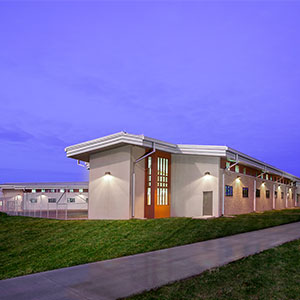
Iowa State Penitentiary
Public Safety + Justice | Fort Madison, IA
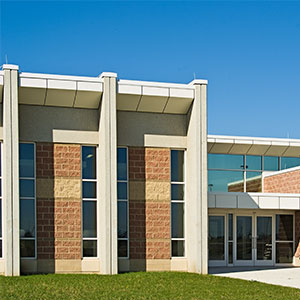
Polk County Jail
Public Safety + Justice | Des Moines, IA
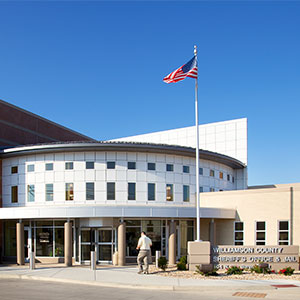
Williamson County Sheriff’s Office and Jail
Public Safety + Justice | Marion, IL
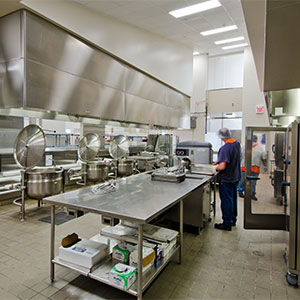
North Central Correctional Facility Dietary Building
Public Safety + Justice | Rockwell City, IA
More Public Safety + Justice Projects
Creating the foundations that support community growth.
We're Learning, Growing + Sharing
Stay on top of the latest industry trends as we share how we are staying ahead of them.

Engineering for the Public Good — And Making It Work
Government
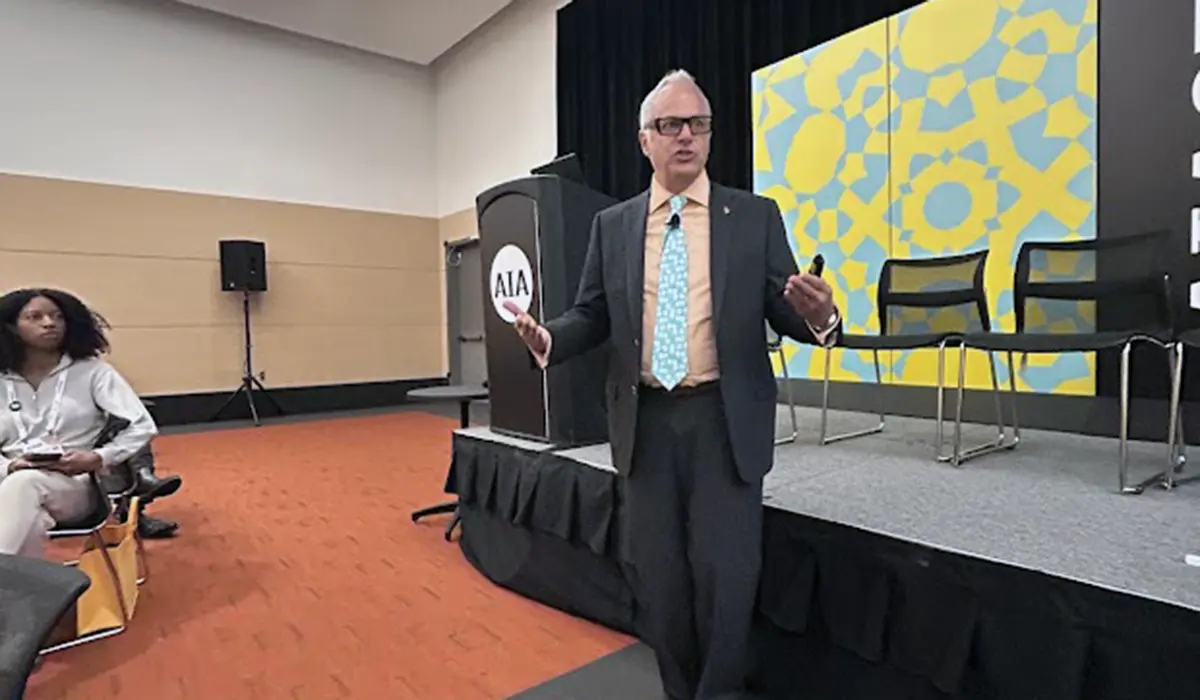
Designing Confidence

Lisa Schettler Receives IIDA Icon Award for Leadership in Interior Design

